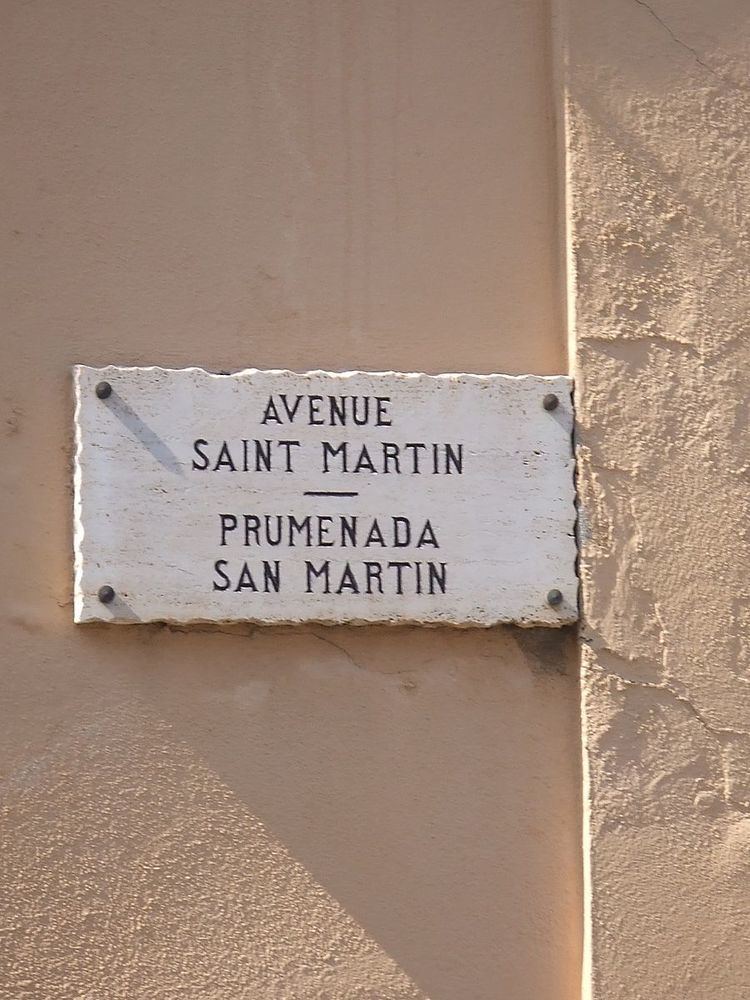Linguasphere 51-AAA-cha | Glottolog mone1238 | |
 | ||
Language family Indo-EuropeanRomanceWesternGallo-RomanceGallo-ItalicLigurianMonégasque | ||
Monégasque (natively Munegascu) is a dialect of Ligurian, a Gallo-Romance language spoken in Monaco.
Contents
Language family
Forming a part of the Western Romance dialect continuum, Monégasque shares many features with the Genoese dialect of Ligurian, but differs from its neighbouring Intemelio and Mentonasc dialects. It has been partially influenced by the Niçard dialect of Occitan. Niçard is also traditionally spoken in some parts of Monaco, besides Monégasque.
Monegasque, along with all Ligurian languages, is derived directly from the northern Italian languages of the Middle Ages, and has some influence in vocabulary, grammar and syntax from French and related Gallo-Romance languages.
Before the annexation of the County of Nice to France in 1860, the Niçois spoke a dialect very similar to Monégasque.
Speakers
It is spoken in addition to French by the Monégasques. Because the Monégasques are only a minority in Monaco, Monégasque was threatened with extinction in the 1970s.
However, the language is now being taught in schools, and its continuance is regarded as secured. In the old part of Monaco, the street signs are marked with Monégasque in addition to French.
Relation to Italian
Standard Italian is also a major language in Monaco. Italian nationals make up some 20% of Monaco's 35,000 permanent residents. Italian was the official language of Monaco when it was a protectorate of the Kingdom of Sardinia, from 1814 to 1861, leaving a legacy in some Monégasque words. Indeed, for a long time after the Renaissance, Monaco was the most westerly part on the Mediterranean coast of the Republic of Genoa.
During the fascist occupation in 1942–43, the Principality of Monaco was incorporated into Italy and Monégasque was again considered an Italian dialect. After World War II there were nearly 10,000 Italians in Monte Carlo, and some of them (descendants of the followers of Giuseppe Garibaldi, who were forced to move from Nice to the Kingdom of Italy after 1861) even spoke Monégasque fluently.
Orthography
Monégasque orthography generally follows Italian principles, with the following exceptions:
Samples
Below is an excerpt from the Monégasque national anthem, written by Louis Notari. In addition, there exists an older French version of the anthem whose lyrics have a different meaning. The choice between the two forms is generally subject to occasion and circumstance.
Despoei tugiù sciü d'u nostru paise
Se ride au ventu, u meme pavayùn
Despoei tugiù a curù russa e gianca
E stà l'emblema, d'a nostra libertà
The following is a Monégasque rendering of the Hail Mary prayer:
Ave Maria,
Tüta de graçia
u Signù è cun tü
si benedëta tra tüt'ë done
e Gesü u to Fiyu è benejiu.
Santa Maria, maire de Diu,
prega per nùi, pecatùi
aùra e à l'ura d'a nostra morte
